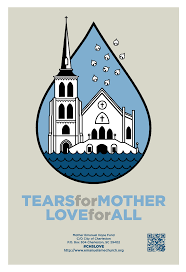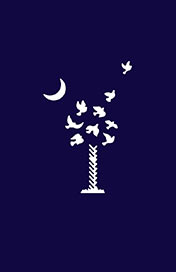It is hard to believe that another year is about to end and we will soon be welcoming 2016. Not to be cliché or anything, but the end of a year always allows people an opportunity to reflect on the happenings of that year. Once again, I write my own lists of goals for 2016 – read more, meditate, be a better person and on and on. However, as most of us think about our personal resolutions, it is hard not to consider the larger world around us.
Watching the news this week, there were numerous replays of the year’s most significant events, many of which were tragic and heartbreaking. Shootings occurred everywhere from movie theaters, to colleges, to churches. Most significantly, we witnessed tragedy in our own community at Mother Emanuel AME on June 17. And the world watched in horror when Paris was overtaken by hatred on November 13. Unfortunately, many lost their lives in places meant to inspire. While reflecting on these events, I thought about the fact that it would be very easy to succumb to sadness, despair and possibly the lack of hope for our world today. Yet, quite the opposite, in that I think many of us quickly learned that the arts in all forms continue to endure. The arts help the human spirit to endure. This, of course, is not to trivialize the injustice that prevailed throughout these events, but rather to consider how we use art to reflect upon the social issues at play and how we use art as a way to handle our grief. Art often expresses more than mere words and people often welcome art when there is nothing left to say. Consider the many images that circulated through social media in response to the shootings in Paris and at Mother Emanuel AME.
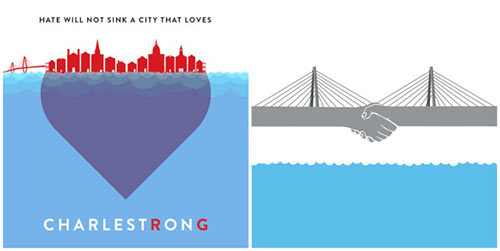
The Gibbes Museum of Art held its annual Distinguished Lecture Series in November days after the Paris shootings. Former Met director Philippe de Montebello offered a lecture on “The Multiple Lives of the Work of Art” where he discussed how art can be “transformed by time and circumstances (and) that the meaning of the work itself can change, as well as our own response to it.” French illustrator Jean Jullien conveyed this same notion when he created a simple image of the Eiffel Tower in a peace sign that circulated throughout the world and became an instant symbol of peace and solidarity. Some saw it as a cross while others saw it as an image of Paris. He commented, “That’s the beauty of an image, people can see what they can see. And if it helps with their faith, then I’m fine with that.”
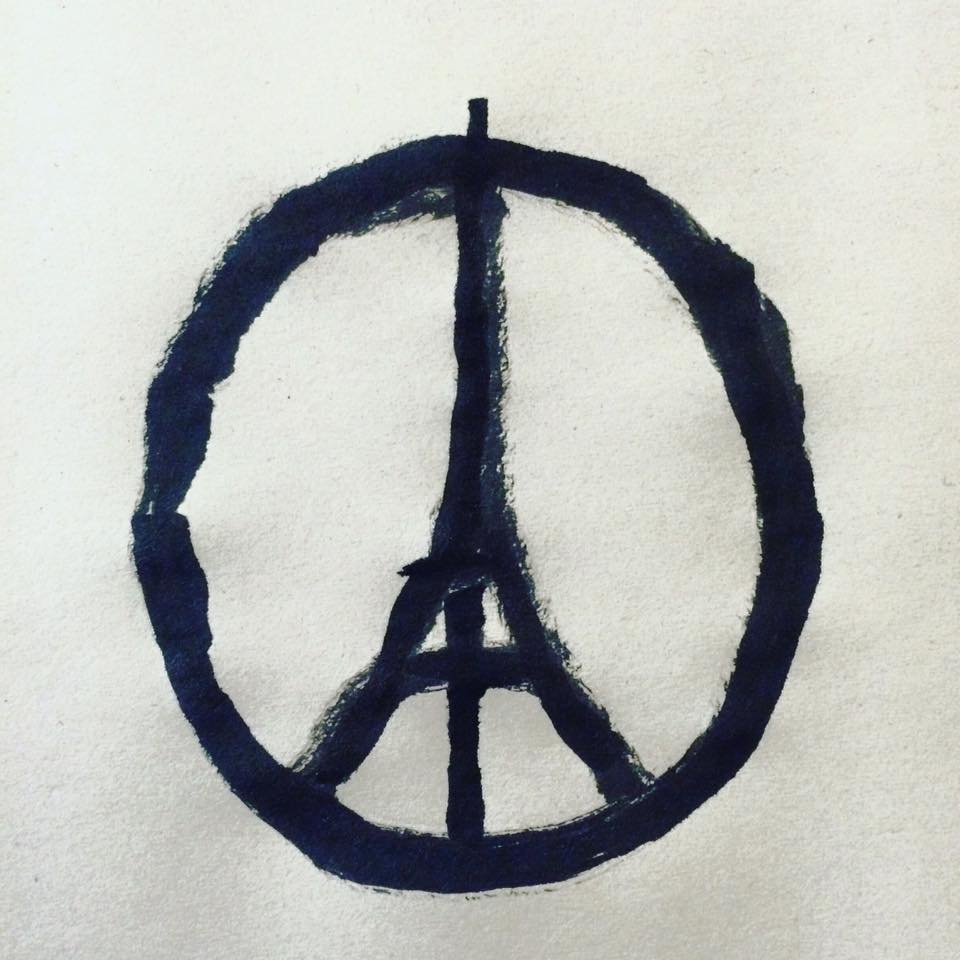
Opening ourselves to art enlightens us. Exploring its many layers, we uncover the physical details while delving into the metaphysical. We examine. We question. We process. And we feel. That is what art can do. It challenges us to perhaps see things in a different way or to consider a different meaning. This spring we will reopen the Gibbes Museum of Art, and our entire community will be reintroduced to its collection of art. To inaugurate the new space, the Gibbes is organizing the exhibition The Things We Carry: Contemporary Art in the South. This exhibition will feature paintings, sculpture, photography, and mixed media works by a diverse group of contemporary artists while addressing the difficult history of the south, and the many subtle and not so subtle ways it is manifest today. The goal is to provide a place where the Charleston community can come together and have meaningful conversations about our past, about the tragic shootings at the Emanuel AME Church, about the spirit of this community and its response to the challenges we face, and any other conversations inspired by the works on view.
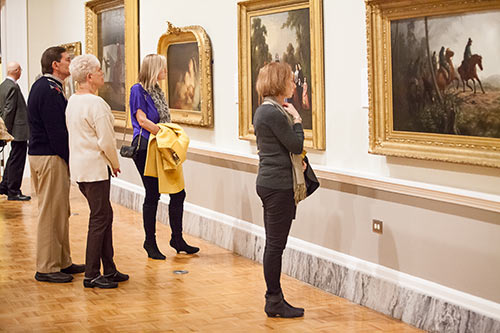
As we reflect on 2015, let us not be afraid to go out in the world and visit our museums, our churches, and our schools. Let us use art to make our world a better place. I encourage all of you to make a resolution that includes art in 2016! Art will prevail.
—Jennifer Ross, Gibbes Museum Director of Development
Published December 18, 2015


